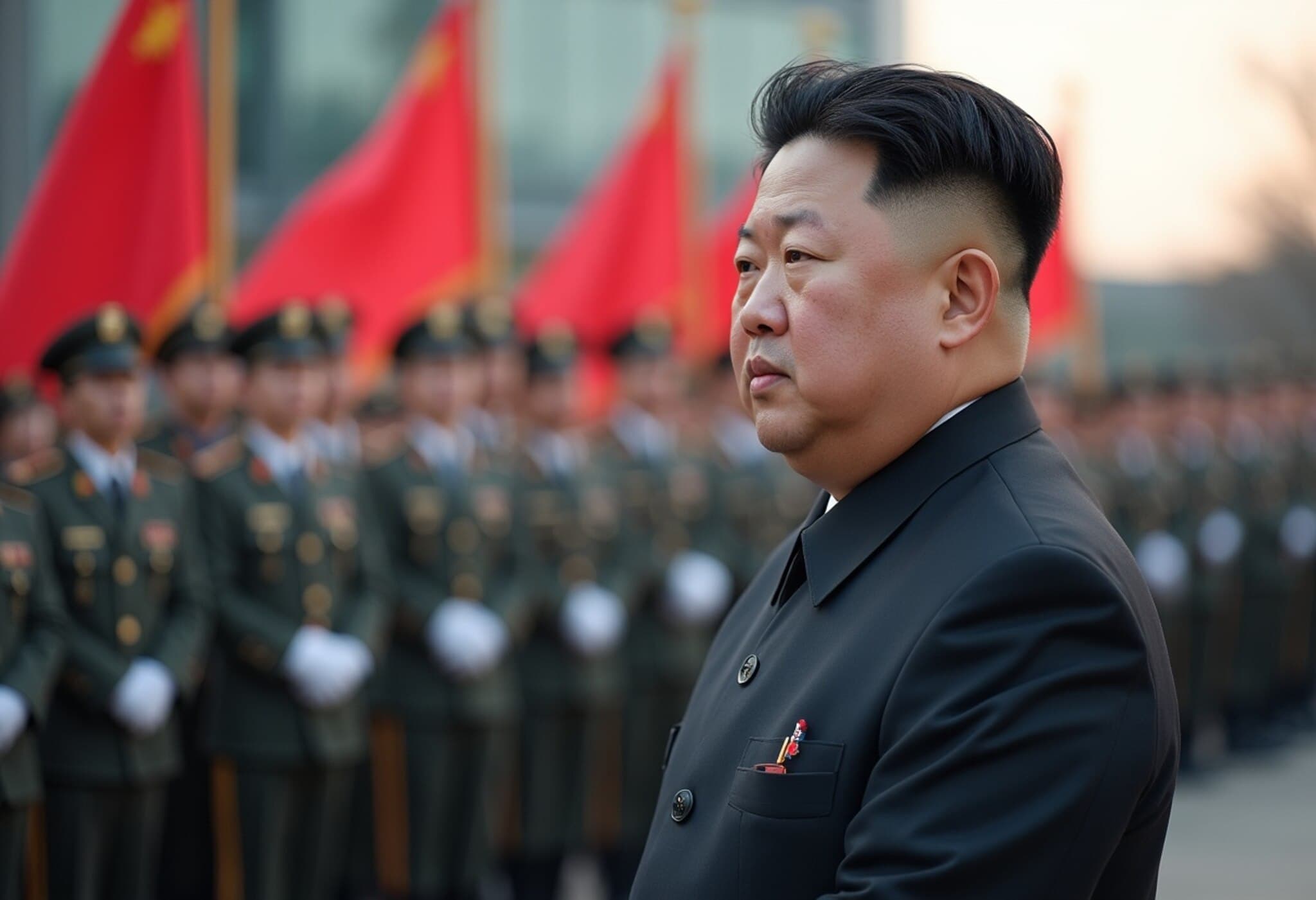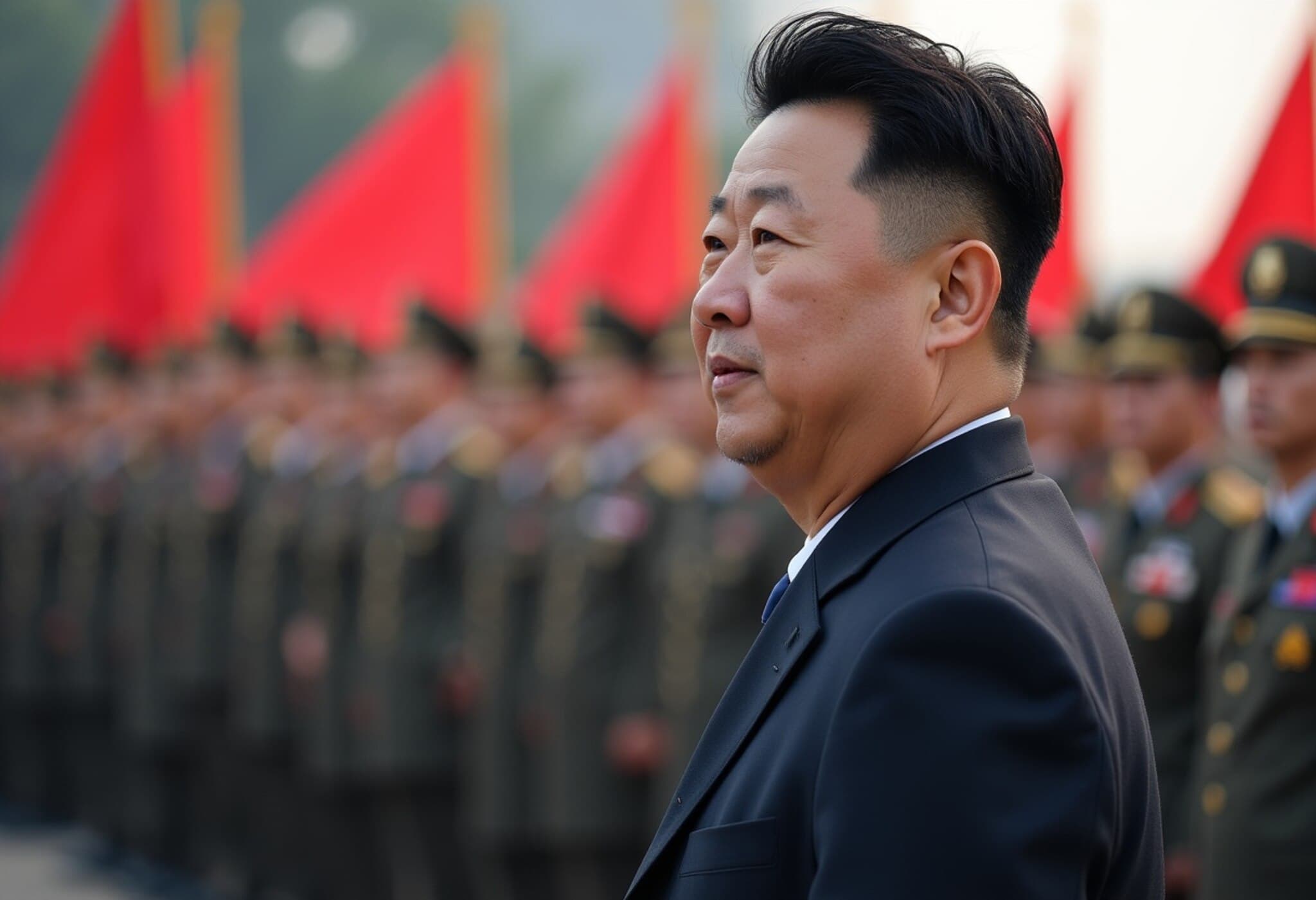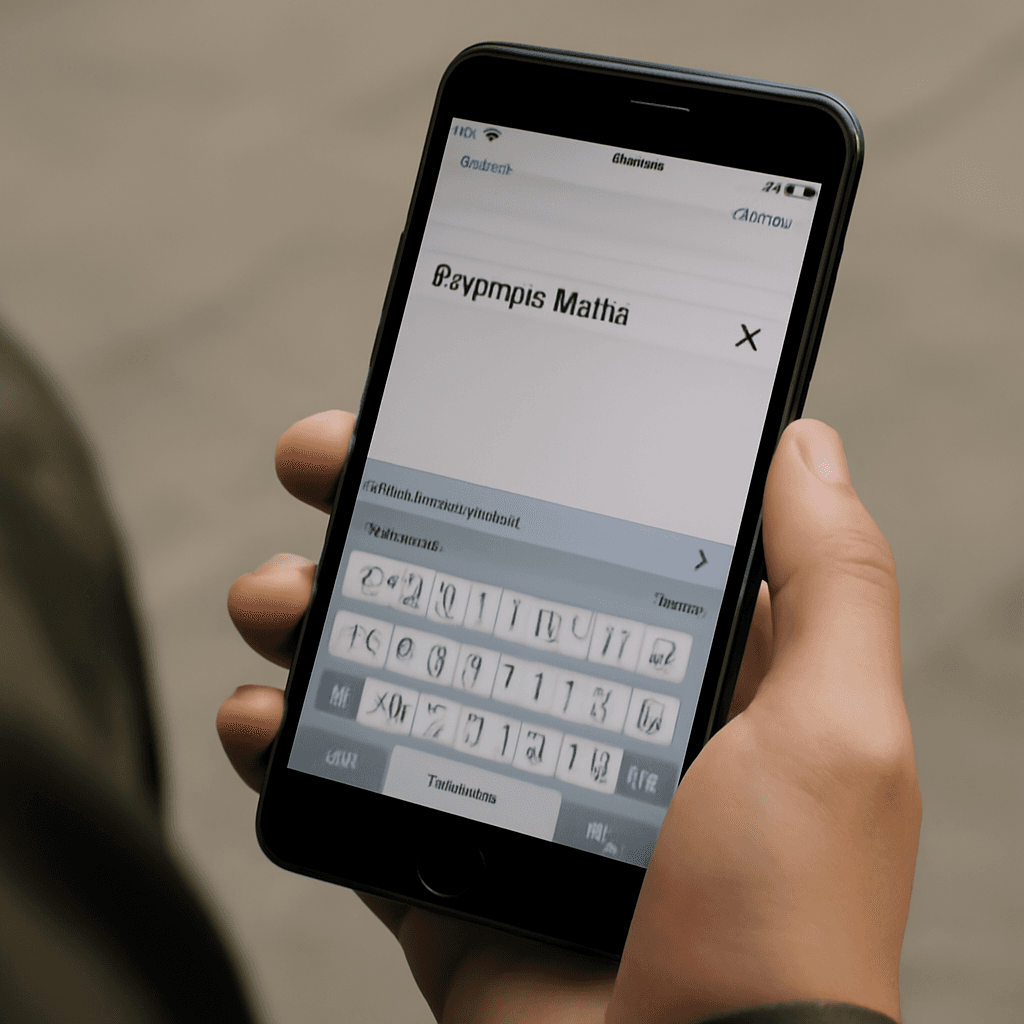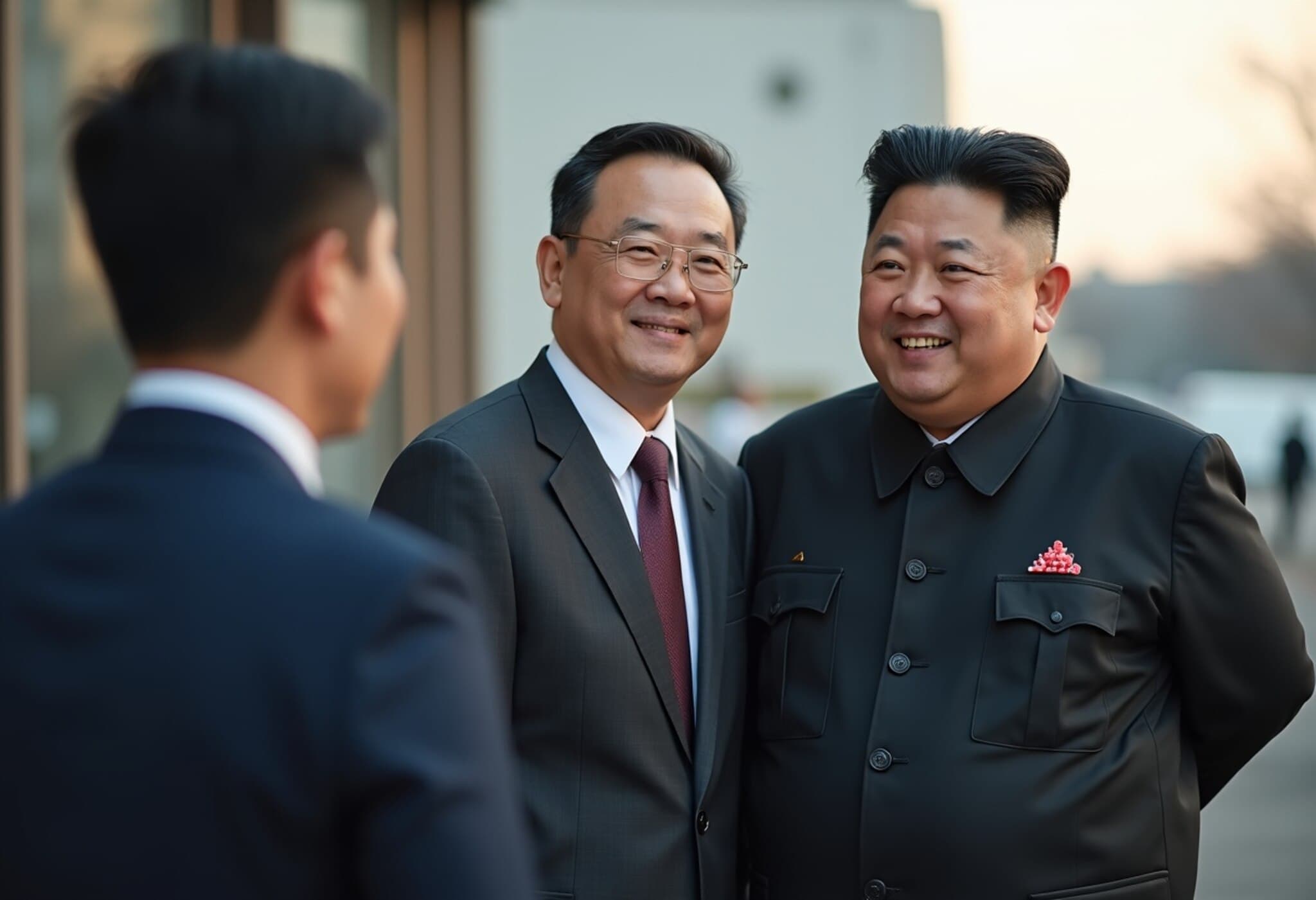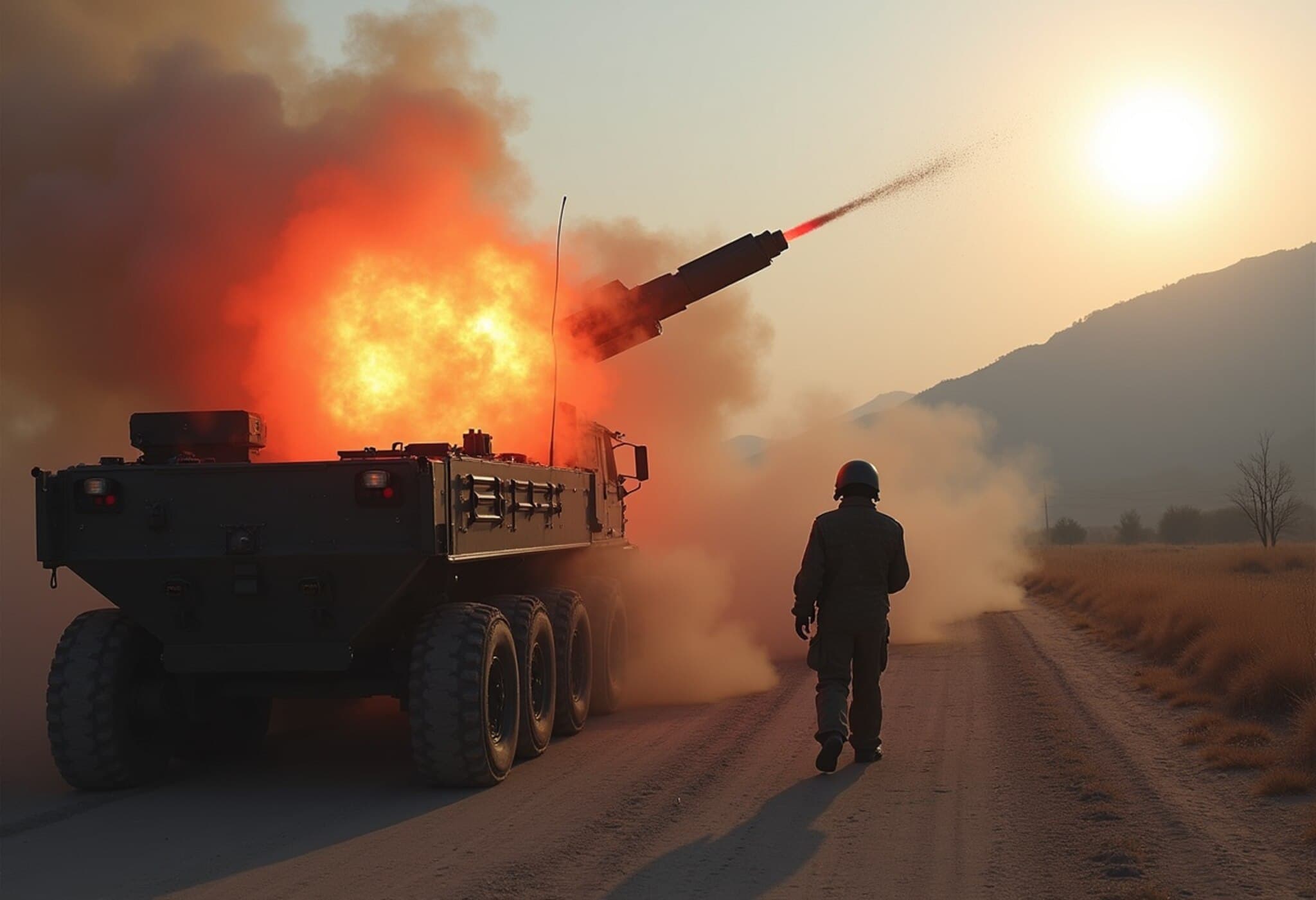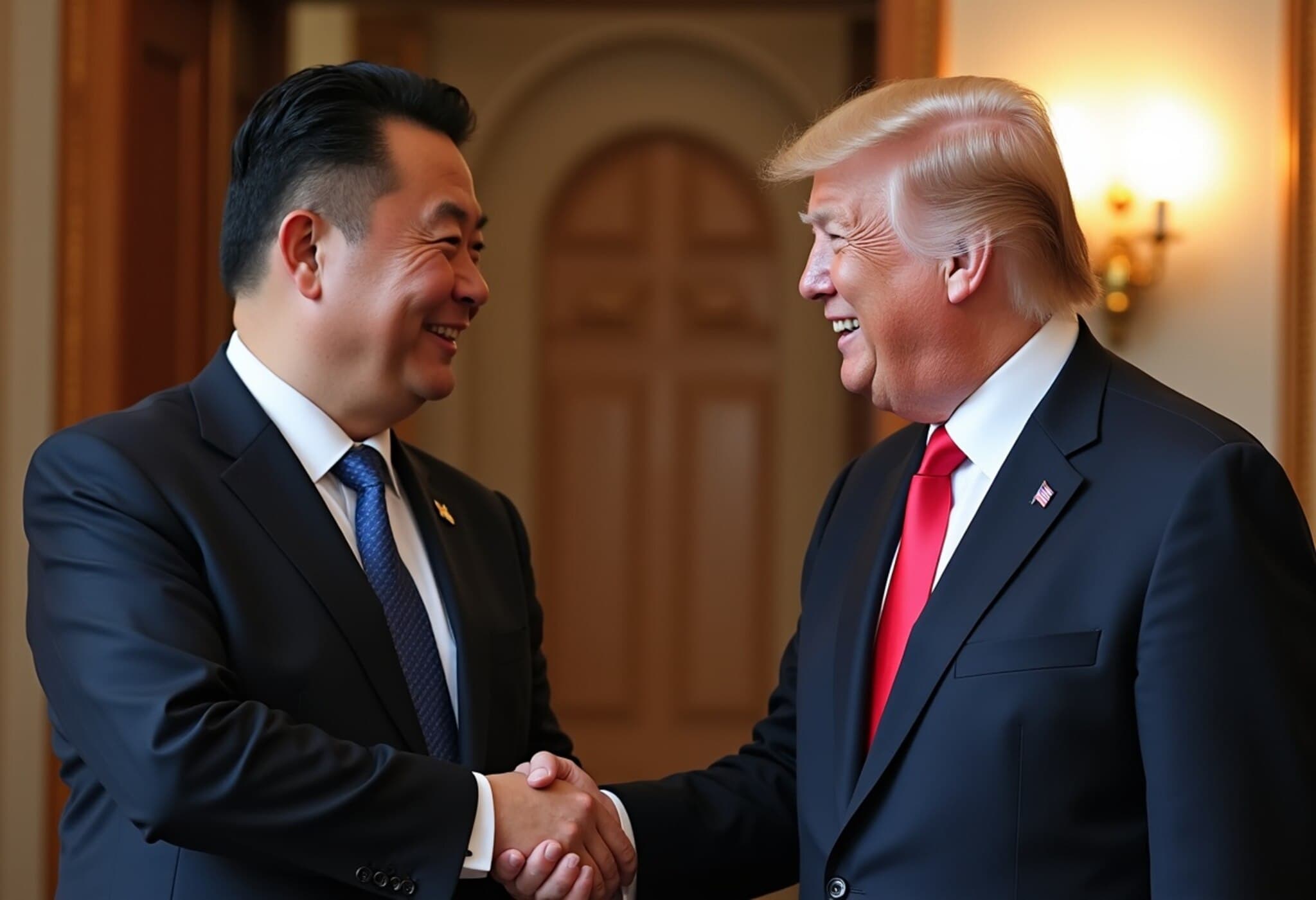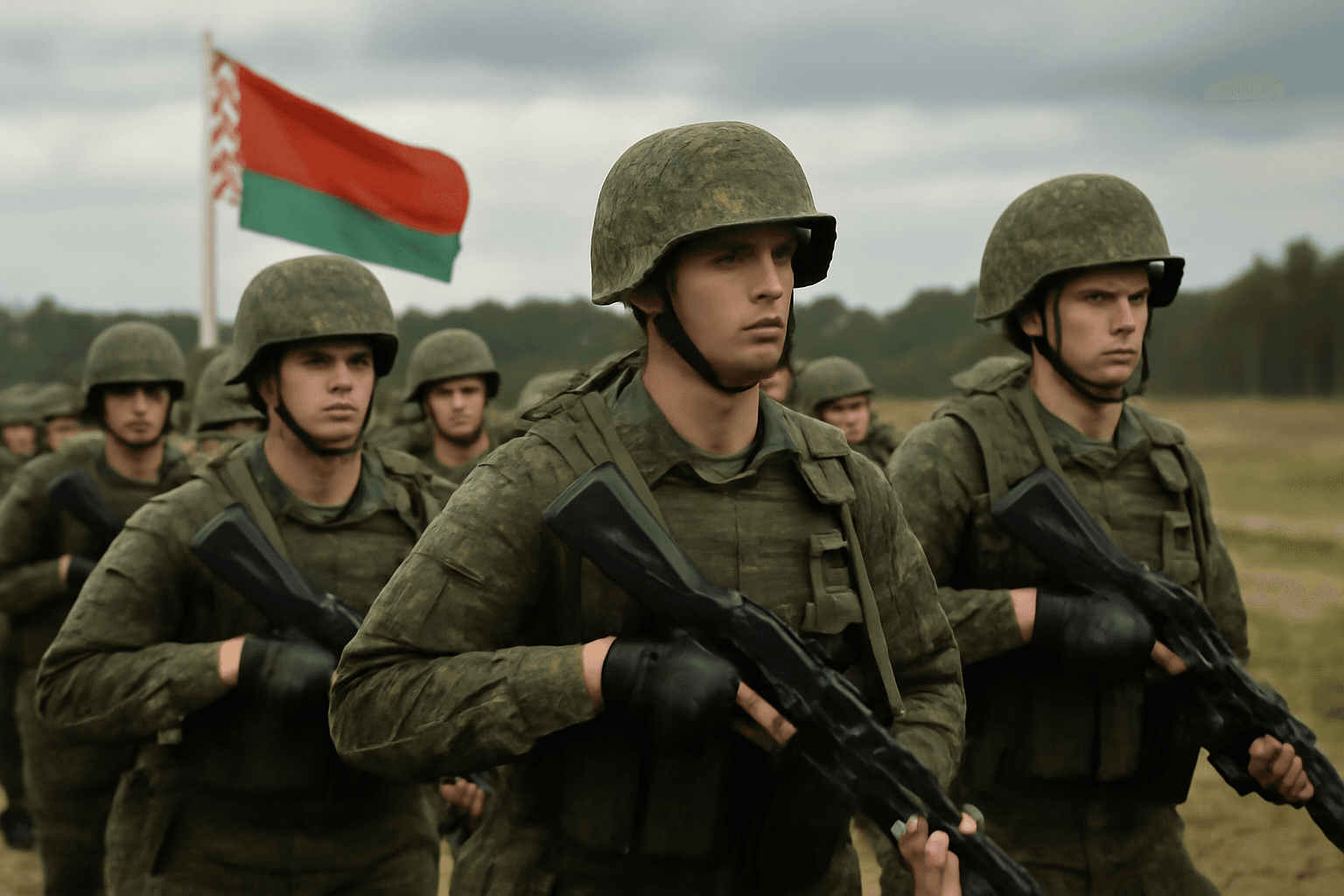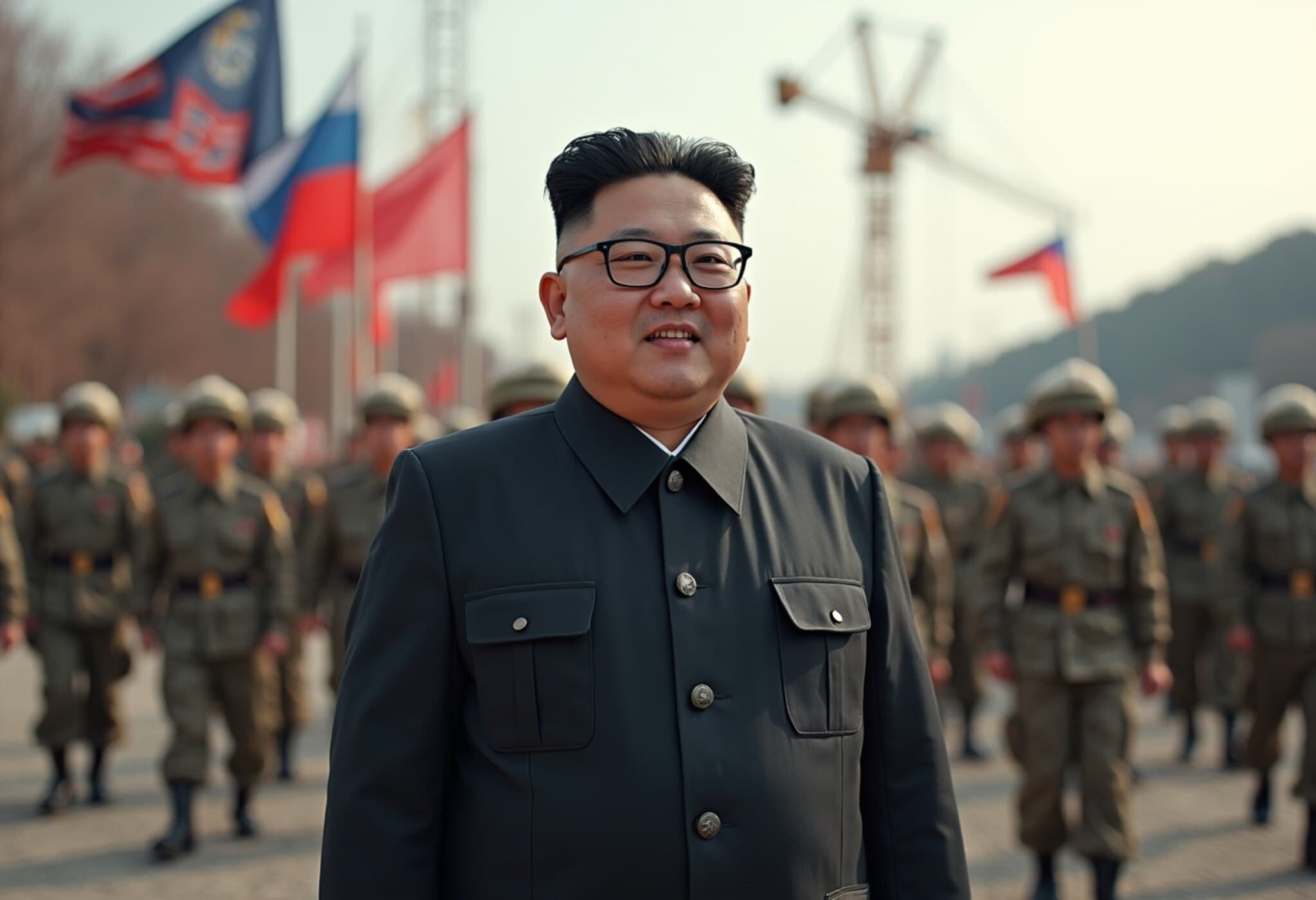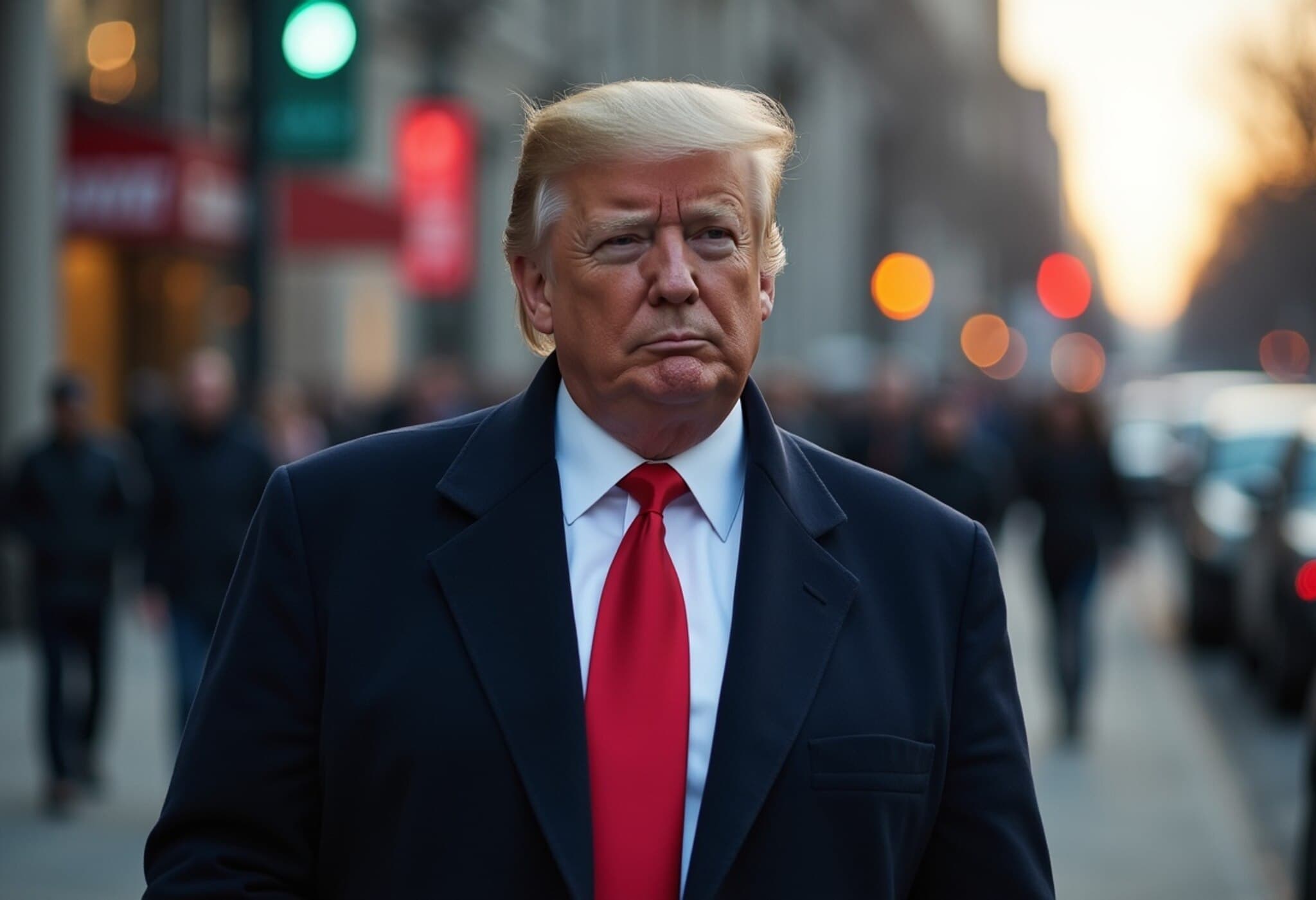North Korea Issues Stark Warning Over Upcoming South Korea-US Military Exercises
Despite emerging signs of thawing relations on the Korean Peninsula, North Korea has issued a firm warning against the upcoming joint military drills conducted by South Korea and the United States. The planned 11-day exercises, slated to commence on August 18, have been branded by Pyongyang as a "direct military provocation," highlighting the persistent volatility that shadows inter-Korean ties.
Defence Minister No Kwang Chol’s Resolute Stance
In an official statement delivered via North Korea’s state-run KCNA news agency, Defence Minister No Kwang Chol emphasized the regime’s "absolute mission" to safeguard national security against what he described as a “real and dangerous threat” posed by these drills. No explicitly stated that North Korea’s armed forces will adopt a "thoroughgoing and resolute counteraction posture" to uphold their sovereign rights, signaling a readiness to respond aggressively if necessary.
Understanding the Drills and Their Regional Impact
These annual joint exercises between South Korea and the U.S. are designed to test command and control operations, troop mobilization, and overall preparedness in light of North Korea’s growing nuclear capabilities. While traditionally seen as defensive maneuvers, Pyongyang often interprets them as rehearsals for invasion — a perspective that inflames tensions.
This year’s drills are particularly significant because they follow a recent political shift in South Korea. The election of President Lee Jae Myung, who favors a more conciliatory approach toward North Korea, has infused a dose of optimism into inter-Korean relations. The decision to postpone the main field exercise to next month, citing adverse weather, is widely viewed as Seoul’s effort to de-escalate regional tensions.
Signs of a Fragile Thaw?
Though Pyongyang publicly rebuffs overtures from Seoul and Washington, subtle gestures suggest an openness to dialogue. For instance, North Korea has recently begun dismantling propaganda loudspeakers along the border — a visible symbol of hostility that both Koreas had employed extensively in past years.
Seoul’s Unification Ministry notes that North Korea’s rhetoric on the drills has softened, focusing more on formal expressions of their stance rather than overt military threats. This measured tone, albeit cautious, might indicate a strategic recalibration from provocative posturing toward controlled engagement.
Expert Perspectives: Navigating Uncertainty in the Korean Peninsula
From a geopolitical lens, this situation epitomizes the delicate balancing act that defines East Asian security. The juxtaposition of military readiness against diplomatic overtures underscores a region on the knife-edge of conflict and cooperation. American policymakers face a complex challenge: reaffirming defense commitments to allies while nurturing conditions conducive to diplomacy.
Moreover, North Korea’s increasingly close ties with Russia add layers of complexity, injecting broader great-power dynamics into what is often viewed as a bilateral conflict. Analysts caution that despite the easing signals, underlying mistrust and strategic interests could reignite tensions swiftly, especially if any party perceives the exercises as threatening.
What’s Next for Inter-Korean Relations?
- Diplomatic Engagement: Will Pyongyang seize the moment to respond more constructively to President Lee’s outreach?
- Military Posture: Can South Korea and the U.S. balance necessary defense drills with de-escalation efforts?
- Regional Stability: How will neighboring powers like China and Russia influence the evolving dynamics?
The coming weeks will be critical in determining whether these military drills become a flashpoint or a stepping stone toward lasting peace on the Korean Peninsula.
Editor’s Note
While headlines often focus on North Korea’s provocative rhetoric, this episode reveals the subtle dance of deterrence and diplomacy shaping East Asia’s security environment. The message from Pyongyang is clear: any perceived threat will meet robust defense. Yet, the softer tones and reciprocal gestures across the border hint at a cautious hope. For readers and policymakers alike, the challenge lies in interpreting these signals wisely and supporting pathways that favor stability over escalation.

